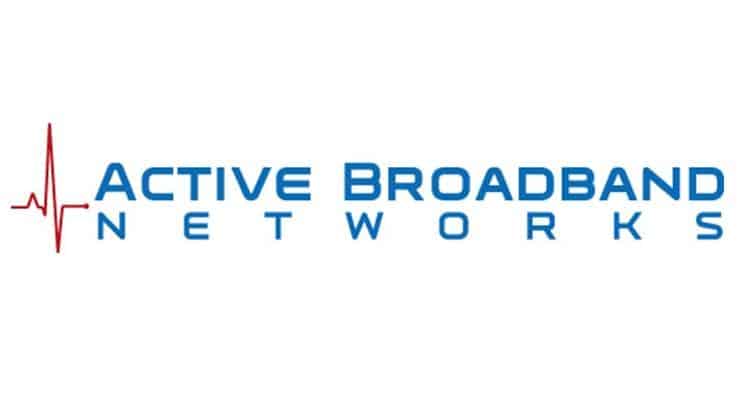By Adam Dunstan,
President and CEO
Active Broadband Networks.
The year 2015 will be looked upon as the pivotal point when service provider networking radically changed, just as it did 20 years ago, in 1995, when it began a profound transformation to IP. Today, the network is poised to undertake another massive upheaval, as the network as we know it today will begin to disappear into the cloud (an ironic turn of events, since network engineers have traditionally used icons of clouds to obscure the details of the network, but in this case the cloud is very different).
#1: CLOUD BASED NETWORK INFRASTRUCTURE
During 2015, it’s going to get more “cloudy,” as clouds leave the data center and begin to blanket the network. There will continue to be those who claim servers cannot be deployed in the network or central office, but servers and specialist network equipment have far more in common than they are different. Both are constructed in a fairly uniform configuration of compute, memory, storage and interfaces; in fact, servers have been masquerading as network equipment (referred to as appliances) for quite some time. The difference is software.
#2: NETWORK FUNCTIONS VIRTUALIZATION
The network infrastructure will take a very different path. During the last 20 years, vendors who built the biggest boxes were rewarded and engineering resources were poured into continuing to build increasingly larger devices. The business justification was that higher scale reduces some “unit cost,” but it remains a question if this has turned out to be true. In 2015, network equipment will more rapidly be dissected into smaller units of functionality, and the rewards will go to those who figure out how to efficiently manage lots of little things – not to those who build “mega boxes.” The result will “advantage data center” in the battle between the network and the data center, because this is what virtualization and cloud data centers have achieved using technologies like Openstack.
Adam Dunstan,
President and CEO,
Active Broadband Networks

#3: NETWORKING IS A SOFTWARE BUSINESS
As the reality that networking is a software business begins to take hold, the market segmentation that has defined the boundaries and battlegrounds for vendors will evaporate. It is worth remembering that vendors create market segmentation -- not customers. Software won’t benefit OSS vendors as they are equally dependent on specialist network hardware ecosystem and the associated unique complexity. Some vendors will cling to the past, attempting to defend both market structure and their own perceived position within; some will turn to marketing and analysts to define a new market that they can obviously start out as leading; and some will grasp the flimsy branches of new market segments and pursue leadership with vigor.
2015 will mark the year in which the networking business began the transformation from a hardware business to a software business. For existing vendors to succeed, they will have to navigate technology beyond their legacy market segment and either build or recombine their competencies to address the “cloudy unknown.” Size won’t protect networking vendors during this radical transformation. Adopting a “describe what we don’t do” strategy may be less risky than a complex and confusing strategy that attempts to blanket the networking market. Irrespective of the existing vendor strategies, space in the market will emerge for disruptive companies. Some of them have been waiting in the wings for a while, but there is no question that there will be more of them in 2015.
About The Author:
Adam Dunstan is the president and CEO of Active Broadband Networks, the leader in software-defined networking (SDN) and network function virtualization (NFV) for broadband service providers. Prior to Active Broadband Networks, Adam was principal of a consulting practice that provided services to cable system operators. Previously, he was employed by Avici Systems, where he served as vice president of business development and vice president of technology, and was instrumental in the development and deployment of the world’s first terabit, carrier-class router. While at Avici Systems, he also served as chairman, president and vice president of the Optical Internetworking Forum. Earlier, Adam was at Bay Networks (now Nortel Networks), where he served in various positions in wide area and routing technologies. An acknowledged expert in the networking and telecommunications industries, Adam has invented patented routing technology and served as an advisor to the FCC.




















